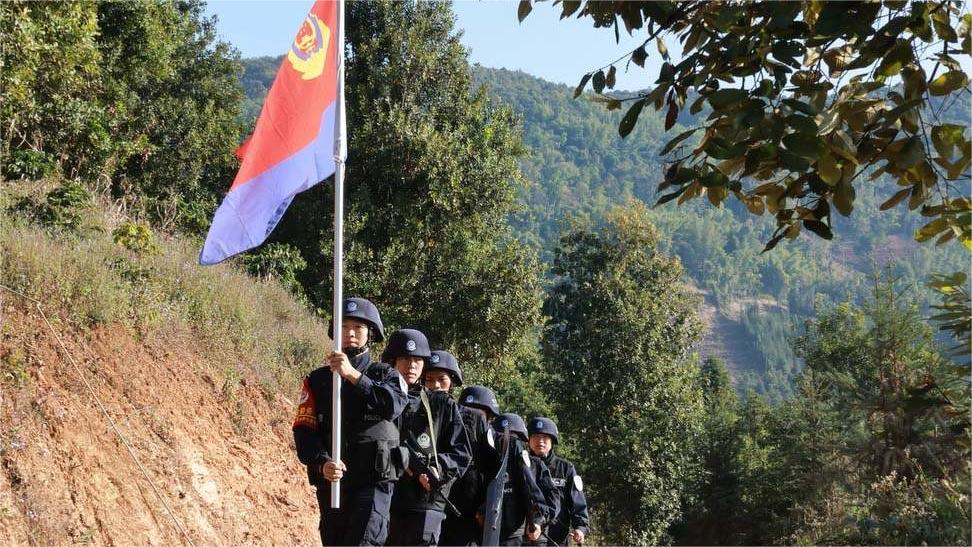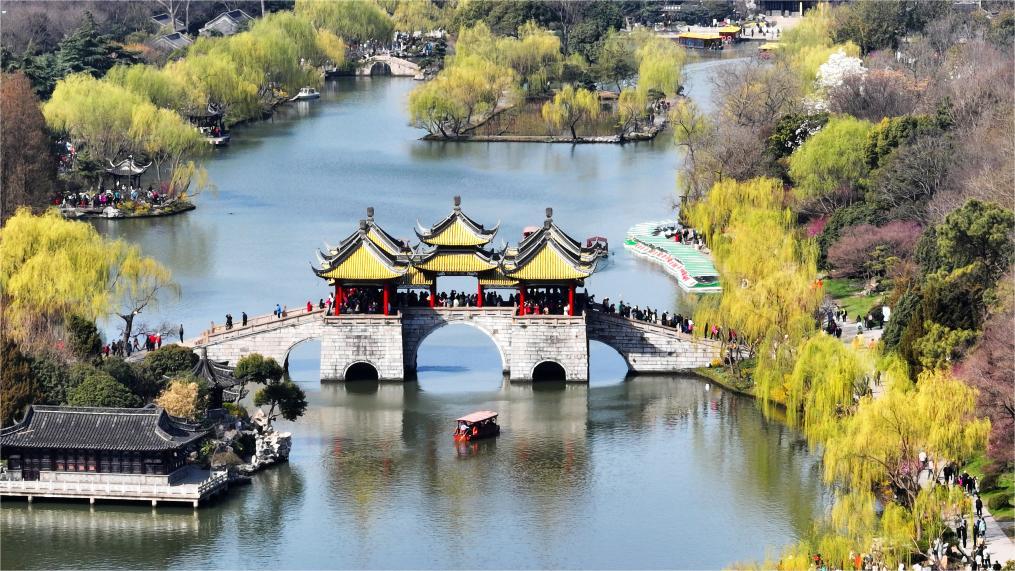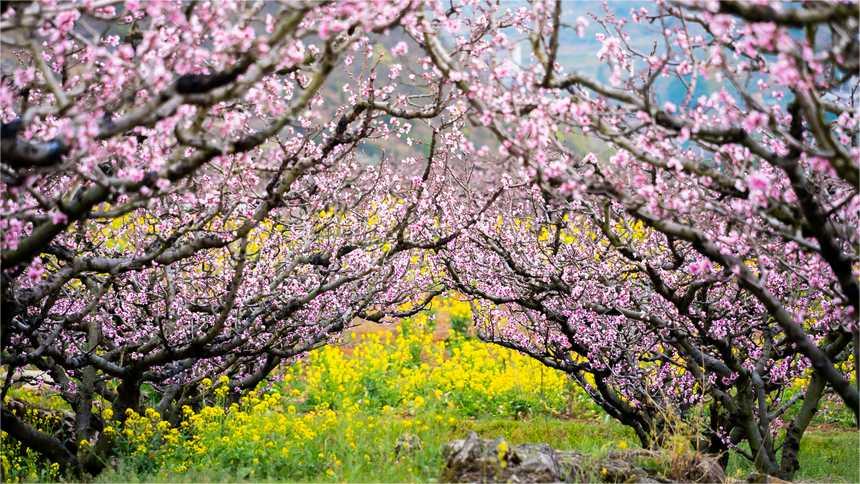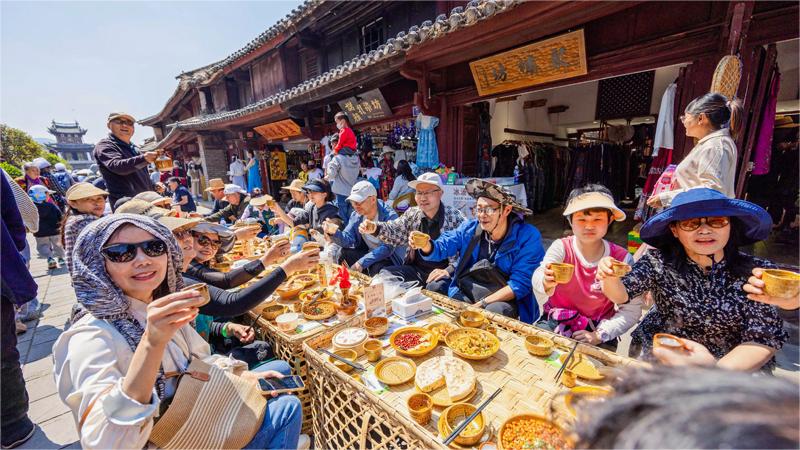Yangtze River isle thrives after ecological restoration
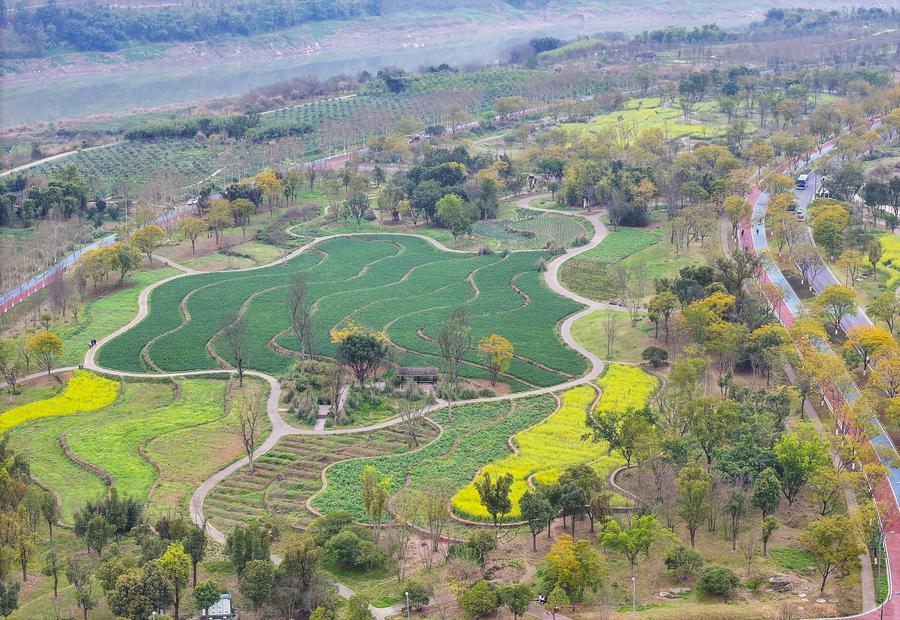
An aerial drone photo shows a view of Guangyang Isle in southwest China's Chongqing, March 16, 2024. (Xinhua/Wang Quanchao)
CHONGQING, March 21 (Xinhua) -- The Guangyang Isle's ecological restoration initiative in Chongqing was recently listed as one of the good practices for the UN Decade on Ecosystem Restoration, showcasing China's Shan-Shui initiative aimed at revitalizing its ecosystems.
Covering around 10 square km, the island located in Nan'an District, southwest China's Chongqing Municipality, is the largest green island in the middle of the upper reaches of the Yangtze River.
"The Ministry of Natural Resources has recommended many other projects under the Shan-Shui initiative and the island became the first to be selected," said Fan Heng, head of the ecology and landscape department of Chongqing Guangyang Isle green development company.
"Over the past few years, the island has made a remarkable transformation from reeling under a state of threat to now thriving," Fan added.
Over a decade ago, plans were in place for real estate development covering more than 3 million square meters on the island. During that period, the mountains and forests here suffered degradation.
"As the development proceeded in full swing, the mountains were excavated, many trees were felled, and our terraced fields suffered degradation," said Zhang Yonggang, 43, a former resident of the island, adding that birds in the area also lost their habitats.
Meanwhile, Zhang and other residents of the island relocated to a town along the riverbank.
In 2016, China issued directives to step up the conservation of the Yangtze River and stop its overdevelopment. The next year, Chongqing's municipal authorities ceased the planned real estate development on the island and launched comprehensive and systematic ecological restoration projects.
According to the restoration team in charge of these projects, ecological restoration must observe rules of the nature.
The team used advanced technology and conducted field investigations to identify the source of streams and the structure of the river system, subsequently carrying out river dredging initiatives.
Wild grasses, flowers and bushes were nurtured, allowing them to reclaim wastelands effectively. Taking into consideration the living habits of insects and birds on the island, various creatures were introduced to optimize the food chain.
These projects cover 19 hectares for mountain protection, 18 hectares for water management, 238 hectares for afforestation and forest protection, 58 hectares for farmland conservation, 19 hectares for dredging lakes and ponds, 306 hectares for grassland breeding, and 414 hectares for hydro-fluctuation belt restoration.
Thanks to the concerted efforts, the biodiversity of the island has increased, according to a new survey. The island is now home to 627 varieties of plants and 460 varieties of animals, compared to 383 and 310 prior to the ecological restoration work, respectively. The forest coverage rate has exceeded 90 percent on the island.
In 2021, Zhang returned to the island as a volunteer to serve as an ecology guard. According to Zhang, Guangyang Isle has certainly experienced a remarkable comeback.
"It feels familiar, but a little different," said Zhang. "What's familiar to me is the lucid mountains and clear water. The environment is more beautiful and the air is even more fresh."
Photos
Related Stories
- China strengthens spatial planning of Yangtze River
- Balance of loans up 13.1 pct in China's Yangtze River Delta
- Wuhu City in E China makes efforts to restore ecological environment of Yangtze River
- China cranks up efforts to address ship pollution on Yangtze River
- Yangtze River Delta becomes magnet for foreign investors
Copyright © 2024 People's Daily Online. All Rights Reserved.






